Home>Gardening & Outdoor>Landscaping Ideas>How To Get Rid Of Sage Grass
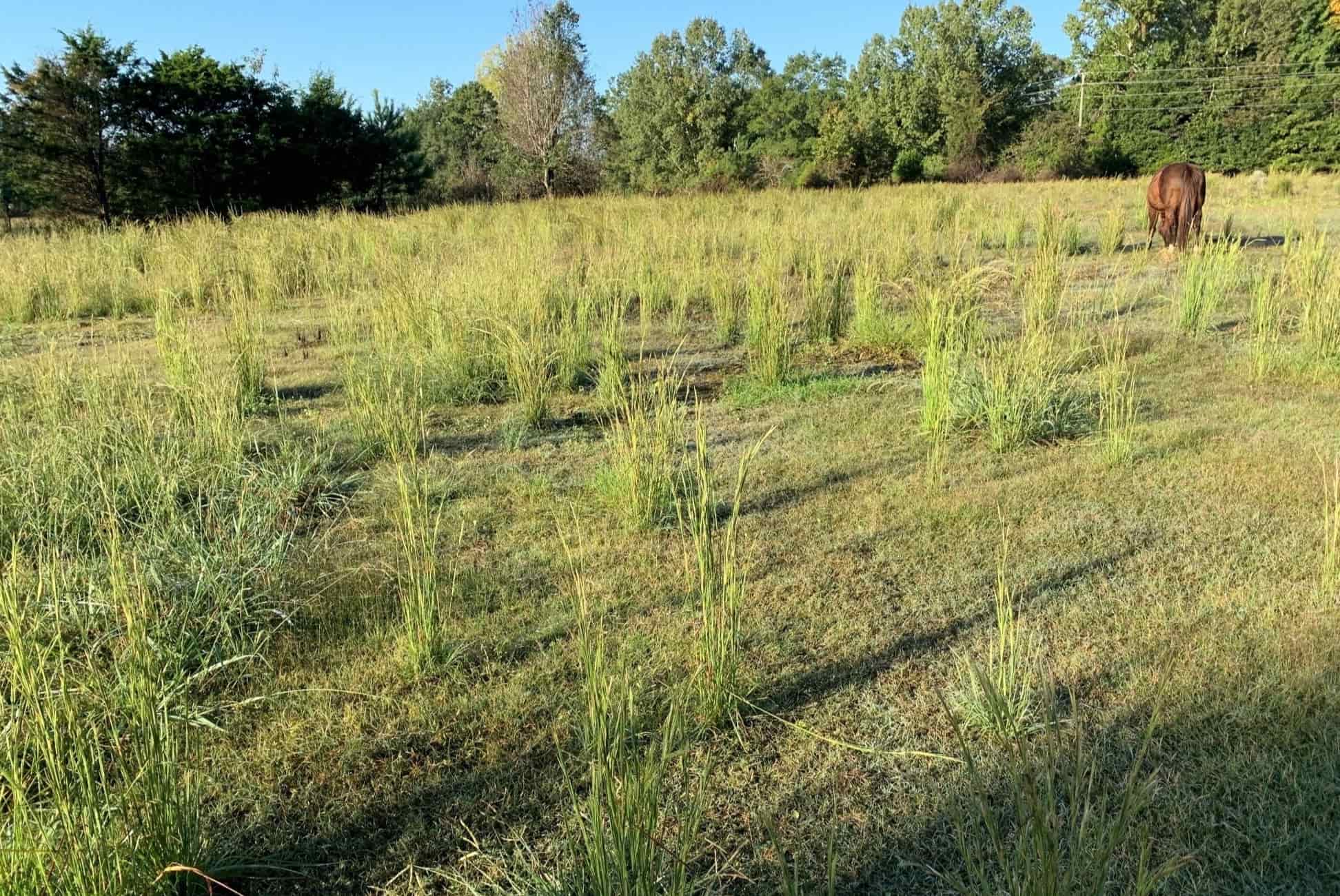

Landscaping Ideas
How To Get Rid Of Sage Grass
Modified: March 27, 2024
Learn effective landscaping ideas to eliminate sage grass from your yard. Discover expert tips and techniques for a pristine outdoor space.
(Many of the links in this article redirect to a specific reviewed product. Your purchase of these products through affiliate links helps to generate commission for Storables.com, at no extra cost. Learn more)
Introduction
Welcome to the battle against sage grass! If you've found yourself facing this persistent and invasive plant, you're not alone. Sage grass, also known as blue grama grass, can be a stubborn foe in the quest for a lush and pristine lawn or garden. However, fear not! With the right knowledge and strategies, you can reclaim your outdoor space and banish sage grass for good.
In this comprehensive guide, we will delve into the world of sage grass, exploring its characteristics, the most effective methods for its removal, and crucial tips for preventing its re-emergence. Whether you're a seasoned gardener or a newcomer to the world of landscaping, this article will equip you with the tools and know-how to tackle sage grass head-on.
So, grab your gardening gloves and let's dive into the fascinating and sometimes frustrating realm of sage grass eradication. It's time to reclaim your outdoor sanctuary and restore it to its full natural beauty!
Key Takeaways:
- Say goodbye to sage grass by hand-pulling, digging, or using solarization. Prevent re-growth by maintaining healthy turf and practicing regular inspections.
- Reclaim your outdoor space from sage grass with manual and chemical removal methods. Prevent re-growth by implementing proactive measures like mulching and regular inspections.
Read more: How To Get Rid Of Sage Grass In Pastures
Understanding Sage Grass
Sage grass, scientifically known as Bouteloua gracilis, is a perennial grass native to North America. Its wiry stems and tufted appearance make it a distinctive feature of many landscapes, but its aggressive nature can quickly turn it into a nuisance for property owners.
One of the key characteristics of sage grass is its ability to thrive in arid and semi-arid environments, making it particularly resilient in regions with low rainfall and well-drained soils. This adaptability allows sage grass to outcompete other plant species, leading to its unchecked spread in many areas.
Identifying sage grass is essential for effective removal. It typically grows in dense clumps, with slender leaves that are bluish-green in color. During the summer months, it produces delicate, purplish-tinged flower spikes, adding a touch of visual appeal that belies its invasive nature.
Understanding the growth habits and lifecycle of sage grass is crucial for devising a successful eradication plan. Left unchecked, sage grass can quickly establish itself and monopolize valuable space in your lawn or garden, crowding out desired plants and disrupting the visual harmony of the landscape.
Now that we have a better understanding of sage grass and its tenacious nature, it's time to explore the various methods for removing this persistent plant and reclaiming your outdoor space.
Manual Removal Methods
When confronting sage grass, manual removal methods can be an effective initial strategy. While it may require some physical exertion, this hands-on approach can yield satisfying results and is an environmentally friendly option for tackling the problem.
Here are some manual removal methods to consider:
- Hand Pulling: For small infestations, hand pulling can be a practical way to remove sage grass. Grasp the base of the plant firmly and pull upward, ensuring that the entire root system is extracted. It's essential to be thorough, as any remnants left behind can lead to re-growth.
- Digging: In cases where sage grass has established a more extensive presence, using a shovel or garden fork to dig out the clumps can be effective. Carefully loosen the soil around the base of the plants, taking care to remove as much of the root system as possible.
- Solarization: This method involves covering the affected area with a clear plastic tarp to harness the sun's heat. By creating a greenhouse effect, solarization can effectively weaken and kill sage grass over several weeks. It's important to secure the edges of the tarp to prevent heat from escaping.
While manual removal methods can be labor-intensive, they offer the advantage of minimizing the use of chemical herbicides and are well-suited for smaller infestations. Additionally, these methods provide a hands-on opportunity to engage with your outdoor space and witness the tangible progress of reclaiming it from invasive sage grass.
However, for larger infestations or situations where manual removal may not be feasible, chemical removal methods can offer a more comprehensive and targeted approach to eradicating sage grass. Let's explore these strategies in the next section.
To get rid of sage grass, you can manually pull it out, making sure to remove the roots. You can also use a herbicide specifically designed to target grassy weeds. Be sure to follow the instructions carefully to avoid harming other plants.
Chemical Removal Methods
When manual removal methods prove insufficient for controlling sage grass or when dealing with extensive infestations, chemical removal methods can provide an effective and targeted approach to eradication. It’s important to note that the use of herbicides should be approached with caution, following all safety guidelines and local regulations.
Here are some common chemical removal methods for tackling sage grass:
- Selective Herbicides: Selective herbicides are designed to target specific types of plants while leaving desired vegetation unharmed. When dealing with sage grass in a lawn or garden setting, selective herbicides formulated for grassy weed control can be applied according to the manufacturer’s instructions.
- Non-Selective Herbicides: In areas where sage grass has overtaken the landscape and there are no desirable plants to preserve, non-selective herbicides can be used to effectively eradicate the invasive grass. These herbicides will indiscriminately target all vegetation, so they should be used with caution and only in areas where re-vegetation is not a concern.
- Pre-Emergent Herbicides: To prevent sage grass from re-establishing itself, pre-emergent herbicides can be applied to the soil to inhibit the germination of sage grass seeds. This proactive approach can help maintain a sage grass-free landscape over the long term.
Before using any herbicidal products, it’s crucial to carefully read and follow the instructions provided by the manufacturer. Additionally, consider consulting with a local gardening expert or extension office to ensure that the chosen herbicide is suitable for your specific situation and that it aligns with environmental regulations in your area.
While chemical removal methods can be effective, it’s important to exercise caution and consider the potential impact on non-target plants, wildlife, and the surrounding ecosystem. When used responsibly and judiciously, herbicides can play a role in reclaiming outdoor spaces from invasive sage grass and restoring a healthy balance to the landscape.
With an understanding of both manual and chemical removal methods, the next crucial step is implementing practices to prevent sage grass from re-emerging and perpetuating the cycle of infestation. Let’s explore these preventive measures in the following section.
Preventing Sage Grass Re-Growth
After successfully removing sage grass from your lawn or garden, it’s essential to implement preventive measures to inhibit its re-growth and maintain a sage grass-free landscape. By incorporating these proactive strategies, you can safeguard your outdoor space from future invasions and preserve the beauty of your surroundings.
Here are key preventive measures to consider:
- Maintain Healthy Turf: A dense and healthy lawn can act as a natural deterrent to sage grass and other invasive plants. Regular mowing, proper irrigation, and appropriate fertilization can promote robust turf growth, minimizing opportunities for sage grass to establish itself.
- Monitor and Address Bare Spots: Bare or thin areas in the lawn can create openings for sage grass to take hold. Promptly overseeding these areas can help fill in the gaps and prevent sage grass from seizing the opportunity to re-emerge.
- Implement Mulching: In garden beds and landscaped areas, applying a layer of organic mulch can help suppress weed growth, including sage grass. Mulch serves as a protective barrier, smothering weed seeds and preventing their germination.
- Regular Inspections: Conduct routine inspections of your property to promptly identify any signs of sage grass resurgence. Early detection allows for swift intervention, preventing the spread of the invasive grass.
- Practice Good Garden Hygiene: Properly dispose of garden debris and clippings to eliminate potential habitats for sage grass seeds. Keeping the landscape tidy and free of plant material can contribute to a less hospitable environment for invasive species.
By integrating these preventive measures into your landscape maintenance routine, you can fortify your defenses against sage grass re-growth and maintain a harmonious outdoor environment. Consistent vigilance and proactive care are essential for preserving the integrity of your lawn and garden.
As we conclude our exploration of sage grass eradication and prevention, it’s evident that with the right knowledge and proactive measures, you can reclaim your outdoor space from the clutches of this persistent invader. By combining effective removal methods with diligent preventive practices, you can enjoy a vibrant and sage grass-free landscape for years to come.
Armed with this comprehensive guide, you’re well-equipped to face the challenge of sage grass and emerge victorious, ensuring that your outdoor sanctuary remains a haven of natural beauty and tranquility.
Read more: How To Get Rid Of Crabgrass
Conclusion
Congratulations on embarking on the journey to reclaim your outdoor space from the grasp of sage grass! Throughout this guide, we’ve navigated the intricacies of understanding, removing, and preventing the re-emergence of this persistent and invasive plant. Armed with this knowledge, you’re well-prepared to restore the natural beauty of your lawn and garden.
By gaining a deeper understanding of sage grass and its tenacious nature, you’ve taken the crucial first step toward effective eradication. Whether it’s the wiry stems or the bluish-green tufts, recognizing the distinct characteristics of sage grass is essential for devising a targeted removal plan.
From manual removal methods, such as hand pulling and solarization, to chemical approaches using selective herbicides and pre-emergent treatments, you’ve explored a range of strategies to combat sage grass infestations. Each method offers its own unique benefits and considerations, empowering you to choose the approach best suited to your specific situation.
Furthermore, by embracing preventive measures like maintaining healthy turf, addressing bare spots, and practicing regular inspections, you’re proactively safeguarding your outdoor sanctuary against the re-establishment of sage grass. These proactive steps will help preserve the integrity of your landscape and minimize the risk of future invasions.
As you venture forward, remember that persistence and attentiveness are your allies in the ongoing battle against sage grass. By staying vigilant and implementing the insights gained from this guide, you can enjoy a thriving and sage grass-free outdoor environment for years to come.
With this comprehensive knowledge at your disposal, you’re well-equipped to overcome the challenges posed by sage grass and create a landscape that flourishes with natural beauty and vitality. Your dedication to reclaiming your outdoor space will undoubtedly yield a rewarding and visually stunning environment that you can cherish and enjoy.
So, embrace the journey ahead with confidence, knowing that you possess the expertise and strategies to conquer sage grass and cultivate a landscape that reflects your vision of natural splendor. Here’s to a vibrant, sage grass-free outdoor oasis that radiates with the allure of a well-tended and flourishing environment!
Frequently Asked Questions about How To Get Rid Of Sage Grass
Was this page helpful?
At Storables.com, we guarantee accurate and reliable information. Our content, validated by Expert Board Contributors, is crafted following stringent Editorial Policies. We're committed to providing you with well-researched, expert-backed insights for all your informational needs.








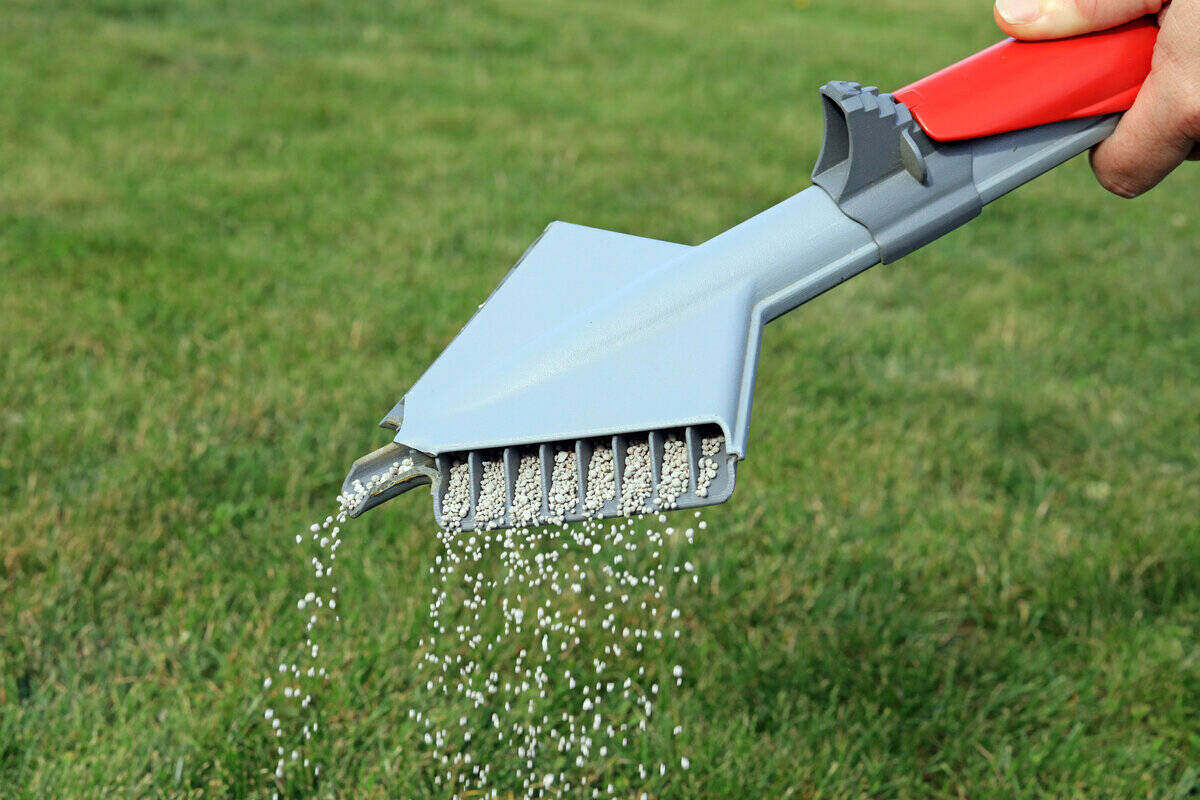
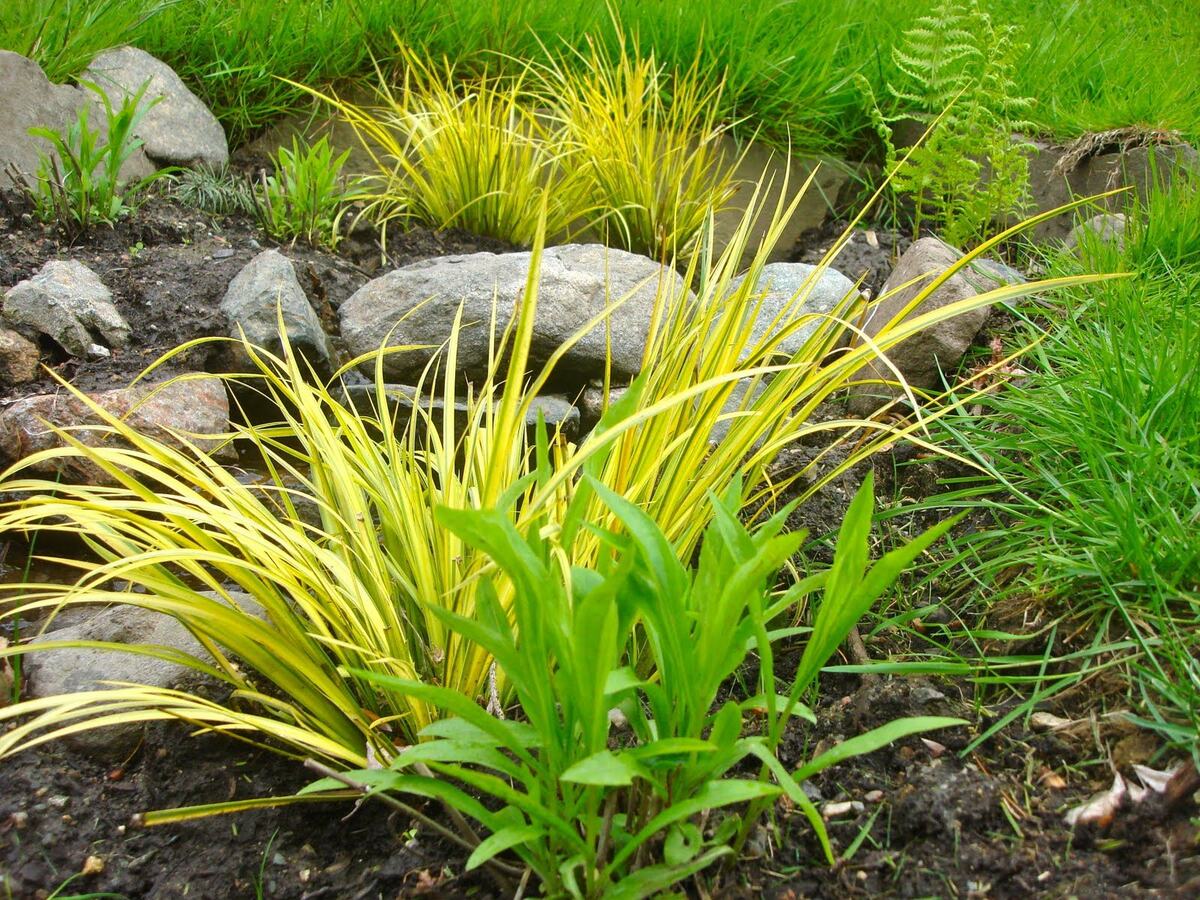
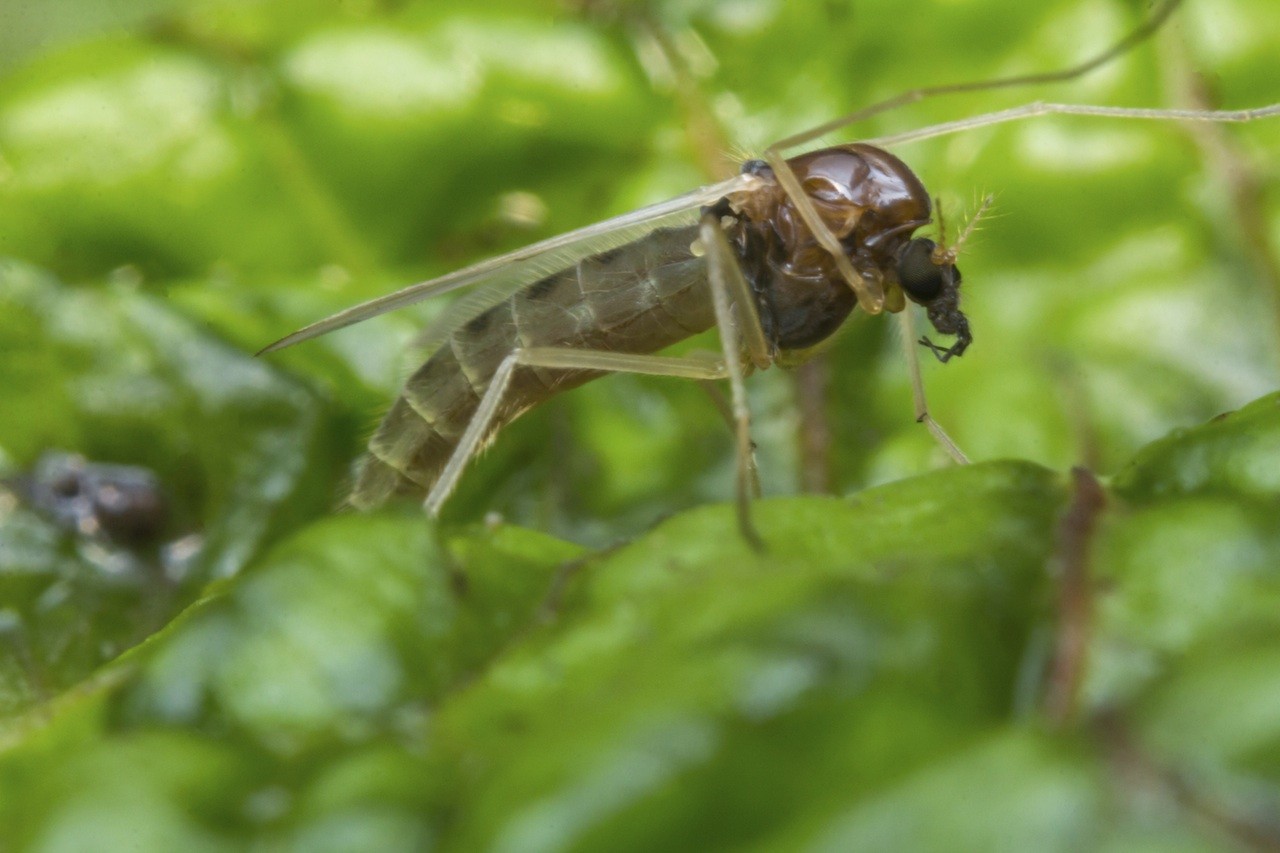

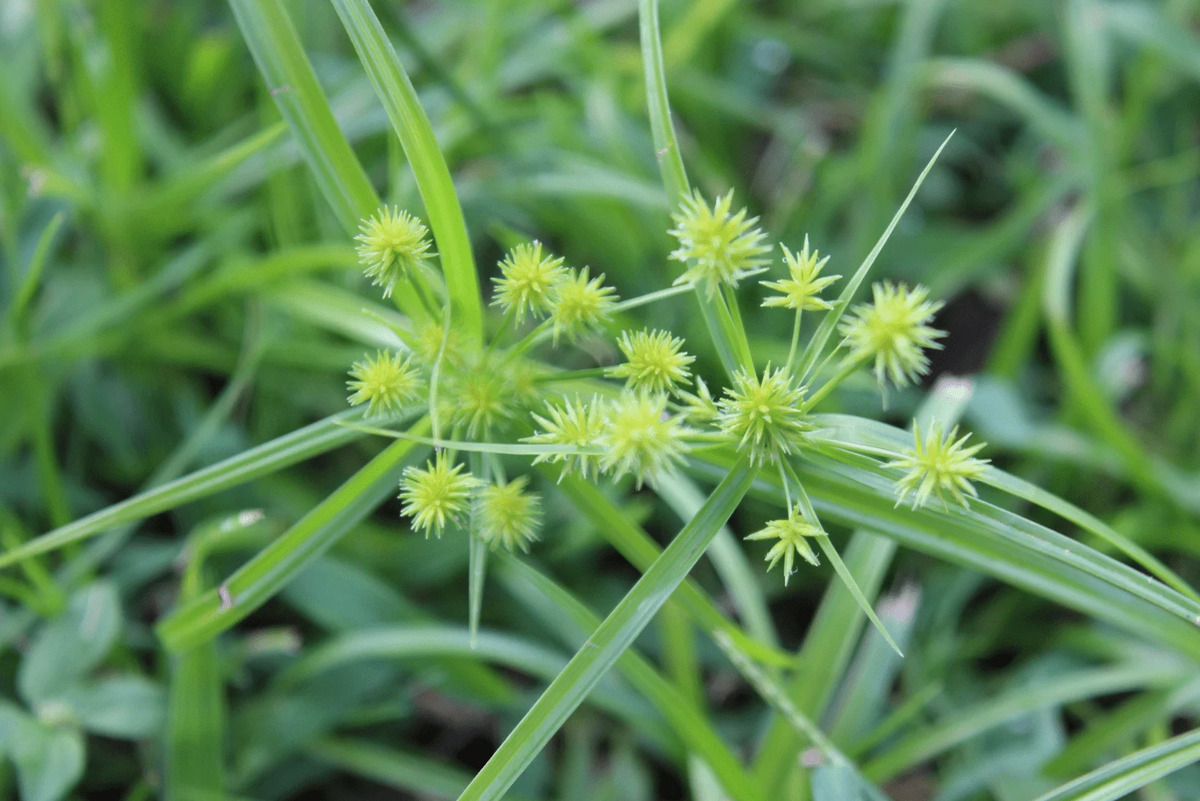
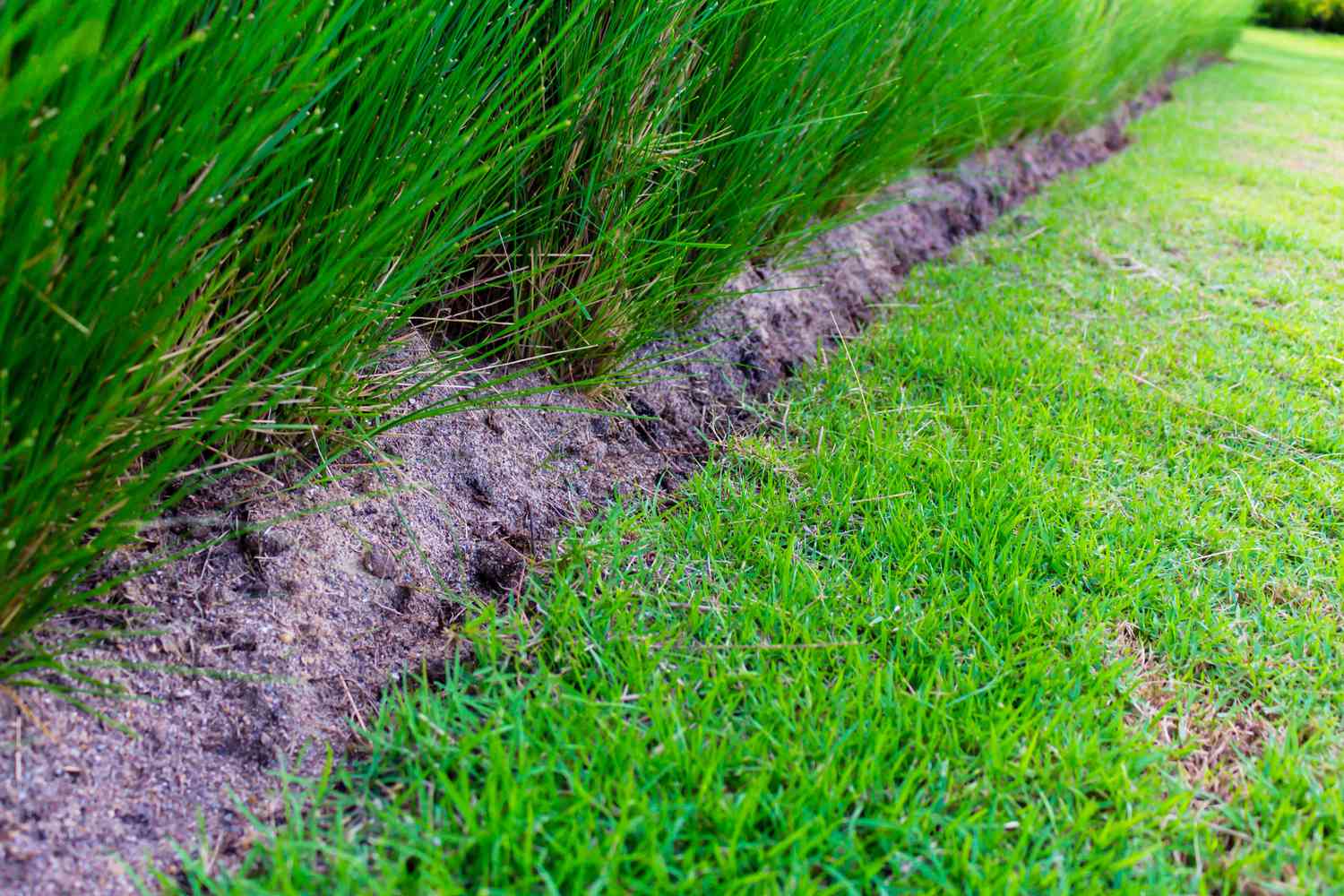

0 thoughts on “How To Get Rid Of Sage Grass”